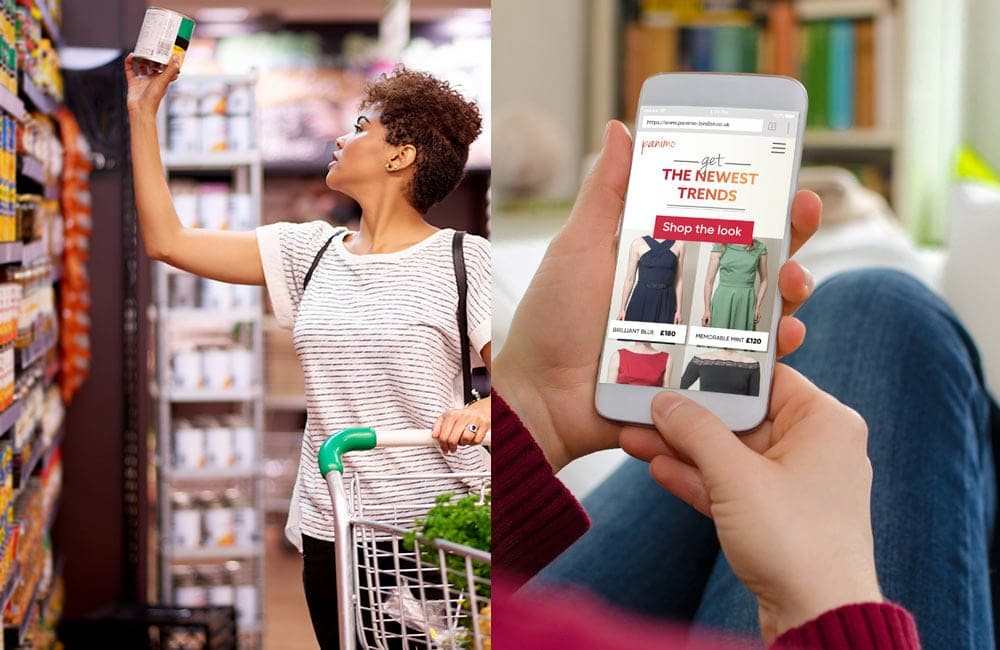Written by
Jerônimo do Valle
Claiming that the global crisis has changed the behavior of retailers, suppliers and consumers is, of course, the euphemism of the decade. The need to implement ways to keep customers with easier pick-up, shipping, and delivery options knocked on retailers, while suppliers were held responsible for realizing that "just-in-time" supply chain models could be interrupted if distributors suffered changes in their traffic patterns. At the other end of the rope, online shoppers emerged with a 32.4% higher spend in 2020 compared to 2019.
However, where does this scenario take us?
With the customer accepting e-commerce as an option, the stakes need to be higher in the "traditional" market, to overcome the discomfort related to waiting, moving, parking and the tedious pilgrimage through establishments in search of the desired item.
To keep the shopper in store, it's important to ensure that the experience matches – or exceeds – the “point, click, shop” ease and focus on creating immersive experiences that cannot be replicated online. Social activities and interactions, customer service, live demonstrations, freshly prepared consumables, etc., are differentials to be offered.
On the opposite side, data indicate that e-commerce sales are constantly increasing, which means that many users do not intend to abandon their online habits, however, the digital medium does not escape the obligation to maintain a high quality experience, simplifying navigation in virtual stores and agility in deliveries.
In today's era of multi-channel shopping, the real question is whether e-commerce will continue to reign supreme or whether the traditional market will win back the customer's heart and the answer will likely be a more integrated view, as successful entrepreneurs will go to their customers where whatever they are; at home or in the store.

